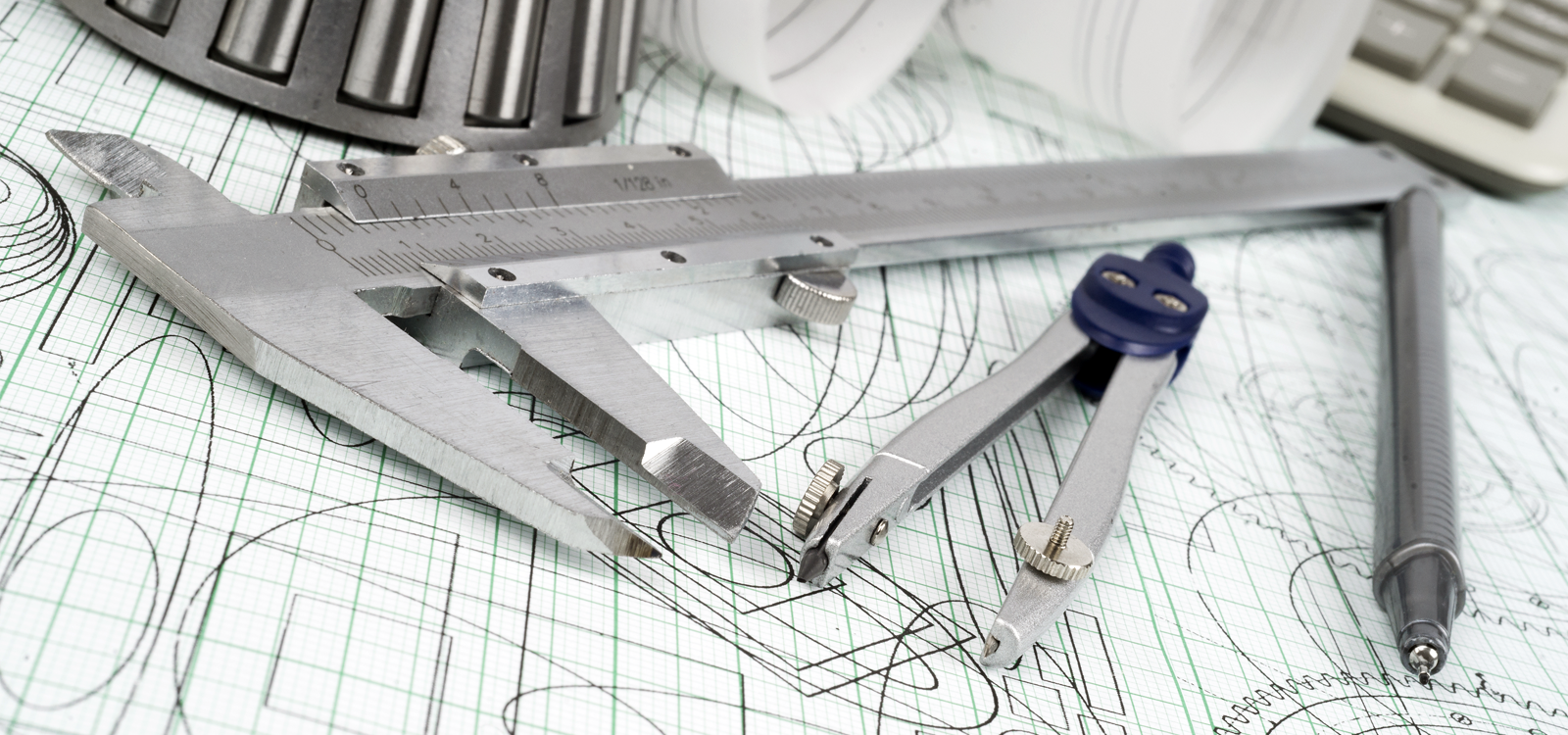
The next time you're riding in a car or boarding a plane, think about this: A group of people had to put all the various pieces of that vehicle together. How'd they pull it off? By working from extremely detailed blueprints. These kinds of drawings are done by mechanical drafters, who use computer-assisted design and drafting (CADD) software—though back in the day it was all about graph paper and pencils. Drafters often work as part of a team, consulting with their co-workers about the design of a particular product. Unlike fine artists, who are expected to be creative, a drafter's work is valued for its clarity and precision, and math is often crucial to their process. It also really helps to have strong visual-spatial skills, meaning you're the type who can mentally flip 3D objects around in your head. Along with cars and planes, drafters also work on items like tools and industrial machines, and typically keep pretty regular office hours. A college degree in engineering or math is helpful but not required, and the American Design Drafting Association offers a certification program that may make you more attractive to hiring managers.
The Details
Career Video
If you are interested in Mechanical Drafter check out this informational video provided by Careeronestop.org
Watch the VideoIn order to be safe and function properly, machines need to be built correctly. Without the detailed designs created by mechanical drafters, this wouldn't be possible.
Drafters need to be very familiar with the machines they draw and understand how components work together—for example, the electrical and mechanical pieces inside an airplane engine. To do this, they may physically inspect different parts and take measurements to use in their designs.






